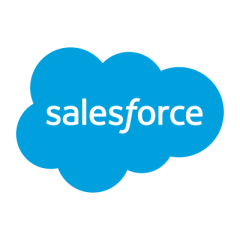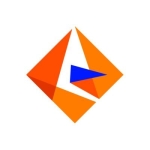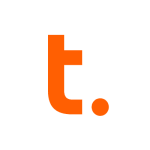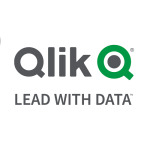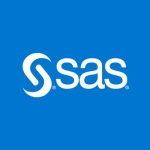What is our primary use case?
The primary use case is for household survey and population, and housing census analysis. I have also been using it for monitoring and evaluation of projects.
I provided Data Visualization skills to selected staff of The Gambia Bureau of Statistics (GBoS) in 2018 using Tableau. Previously, SPSS was used to analyze the data but after I introduced them to Tableau, the team was so happy that together we decided to look at the Census 2013 dataset and analyze it using Tableau.
I have also used it to develop a key indicator list based on the Living Standards Measurement Survey.
How has it helped my organization?
GBoS, with the help of the European Union, bought Tableau and have since been using it to analyze household surveys instead of SPSS or Stata, as they were doing before.
Another project that I am about to complete using Tableau is the Data Lifecycle Assessment of the Planting for Food and Jobs project in Ghana. I am working on this project with the Ministry of Monitoring and Evaluation and it is being sponsored by the Alliance for Green Revolution in Africa.
Already, the staff is so much in love with Tableau that they want me to provide Advanced Training for them so that they can adopt it as their Data Visualization Tool.
What is most valuable?
The most valuable features are the ability to classify variables into Dimensions and Measures, Ask Data, and Show Me.
The Dimensions and Measures feature solves one of the basic problems most would-be data analysts have, which is to determine which variables to analyze or focus on. Tableau makes this easy by splitting them into Dimensions and Measures and then use Dimensions to dissect or dice and slice the Measures.
Ask Data enables non-technical personnel to quickly derive insights from data just by knowing which variables are available.
Show Me is a feature to help with knowing which chart is an appropriate one for the selected variables, and it makes helps in creating appropriate visuals.
I cannot end without mentioning the overall seamless flow of how to derive insights from data using Worksheets, Dashboards, and Stories.
What needs improvement?
I think predictive analytics is the main driver of business decisions and hence Tableau should strengthen the ability to make predictions.
The forecasting feature in Tableau in my view is too limited because it must have dates but I should be able to predict the outcome of an event without having a date as part of the input.
In situations where you are analyzing or using just one measure such as Sales, Tableau does not create the header for you. Furthermore, it is not straightforward as to how to create it.
I would like to have the ability to perform multiple pivots and creating different variables. For example, if I have the regional population for six regions and branch offices, together with the number of clients per branch, all as a record or observation, then I should be able to pivot them separately resulting in the Region, Population, Branch, and Clients.
For how long have I used the solution?
I have been using Tableau for three years.
What do I think about the scalability of the solution?
The scalability is simply awesome.
How are customer service and technical support?
The technical support is awesome.
Which solution did I use previously and why did I switch?
I have worked with Excel, SPSS, and Power BI.
Tableau is easy to use and the support from the community is awesome. Also, I see Tableau as a product for the future due to the commitment from the development team.
The Tableau Development Team listen to suggestions from the users and follow discussions on the community forum and factor that into product upgrades.
End users want things to be done quickly and intuitively and the only way that any product will survive is by listening to end users
How was the initial setup?
The deployment was straightforward. I would say that it was a nice and easy, no-brainer setup.
What about the implementation team?
The implementation was done in-house but there was an occasion that I had issues. I contacts support and it was super.
What was our ROI?
The ability to make insightful decisions quickly is a big benefit to all and therefore reduces cost in terms of manhours spent in cleaning and creating visuals.
What's my experience with pricing, setup cost, and licensing?
It is a bit difficult for some people when they hear $70.00 per month, as some solutions are available for less than $10.00 or for free. What I always tell my trainees is that it is not so much about the cost, but rather, how you can quickly get the insights you have derived into the minds of your audience or stakeholders.
It is important to consider the ease of use. If a product is free but usability is a problem then it is not actually free because it cannot be even used.
Which other solutions did I evaluate?
I had already used other tools and also wrote my own program in VBA to analyze data.
What other advice do I have?
Customers need more insights and hence, they should look into Natural Language Processing (NLP). The ability to analyze text data or focus group discussions or radio phone-in programs would be helpful.
When there is a major upgrade and you install it, it wipes off all of the recently used files and newbies get frustrated. If something can be done about it then that will be very helpful
Which deployment model are you using for this solution?
On-premises
Disclosure: My company does not have a business relationship with this vendor other than being a customer.

